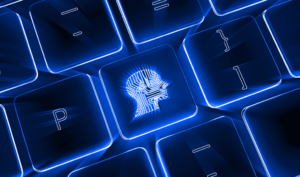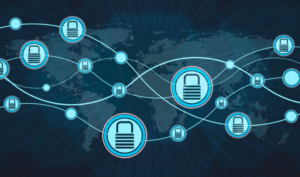
AI Adoption Isn’t Easy. Here’s How Smart Employers Make It Work
Among the many trends that are rapidly redefining work, perhaps the most consequential for HR is the arrival of artificial intelligence (AI). But this points

Among the many trends that are rapidly redefining work, perhaps the most consequential for HR is the arrival of artificial intelligence (AI). But this points

With so many organizations moving online, the way they recruit and welcome new talent is changing, too. Today, more employers hire digitally because it’s convenient,

As the digital landscape continues to evolve, organizations recognize how vital it is to build teams with both competence and a strong dedication to security

Every day, businesses contend with all sorts of threats. Like it or not, these risks have become a fact of organizational life in the modern

Cyberattacks have become an all-too-prevalent reality in today’s business landscape. In fact, cyberattacks increased by 38% in 2022 alone. This means every company should have

Predicting the unexpected is a tricky process — especially in the world of digital innovation, where change and disruption are a way of life. But

The future of work is hybrid–with over 50 percent of people saying they’d prefer to work from home at least three days per week. But
Here’s a fact I find fascinating: research from IBM shows that 90% of the data in the world today has been created in the last